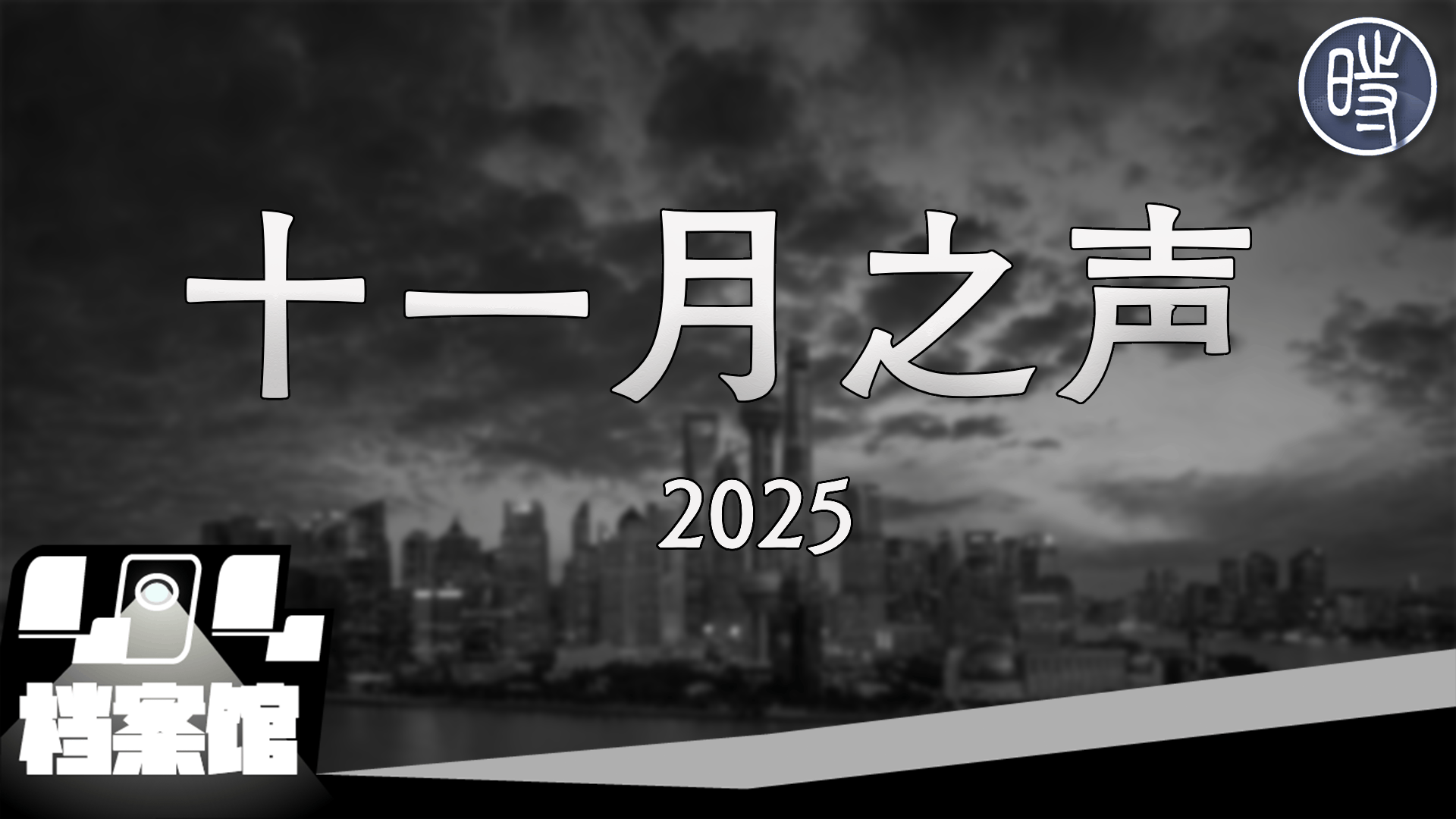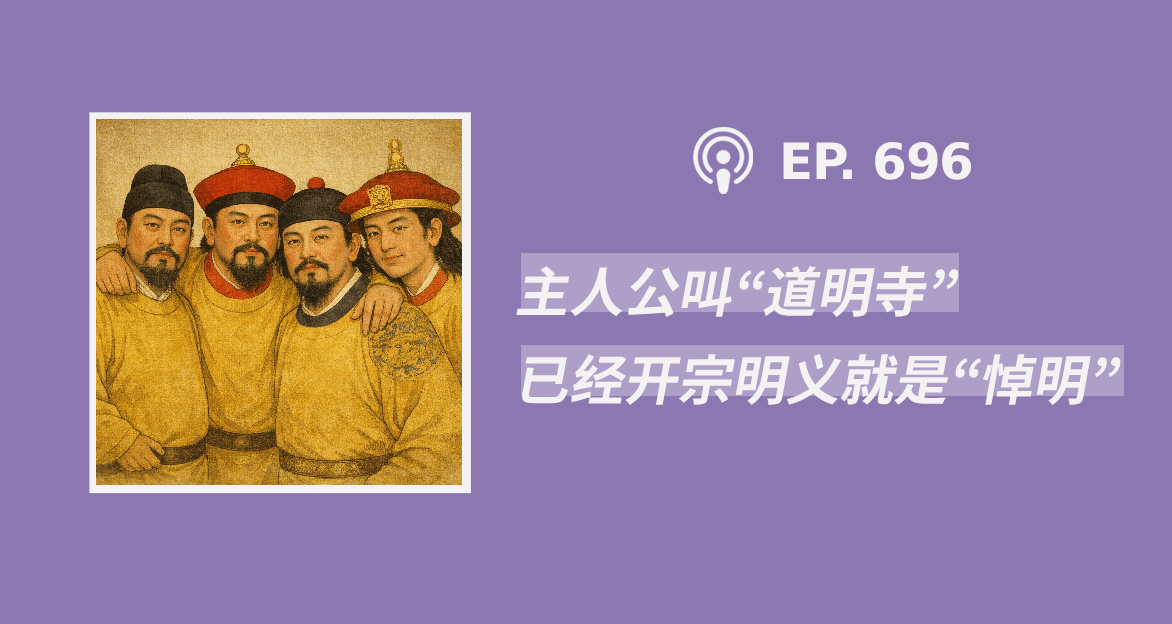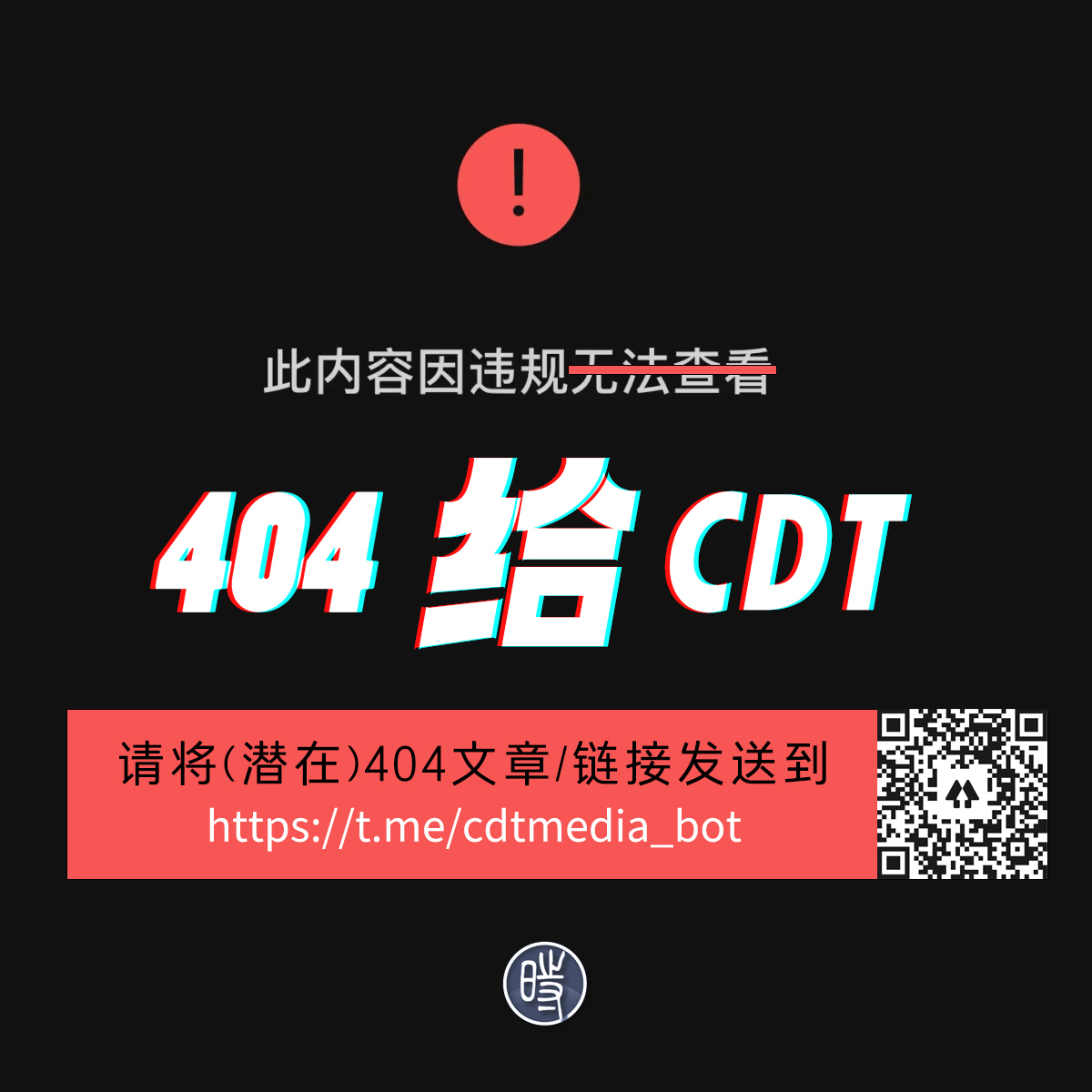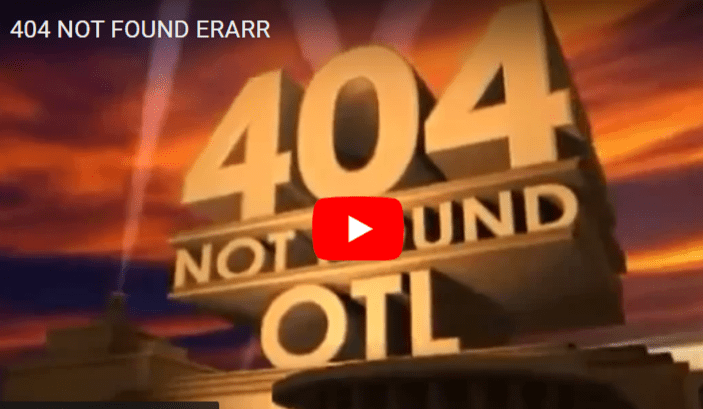刚从BBC网站上看见的一个日本人佐藤(Dai Saito)在疏散区(南相马市,离福岛约20公里)里的生活。此人是一个足球学校的老板,他不离开的原因是他的母亲拒绝离开。我试试翻译几段。
原文链接在此。
http://www.bbc.co.uk/news/world-asia-pacific-12780060
It is more serious in the shelters and hospitals. The mayor of Minamisouma said that the lorries refused to come into the area with supplies and I think that he is right. The drivers and logistics operators are not reaching the area because they think it is “contaminated”.
佐藤和他的母亲都住在家里,而不愿意去避难所,因为那里的情况更严重。卡车司机认为疏散区已经被污染,所以拒绝来南相马市送货。
Initially the evacuation was on a voluntary basis. We were not ordered to make our own way out of the city.
Instead representatives from the local authority drove around the district urging residents to stay inside their homes, warning those who did decide to evacuate that it would be at their own risk.
即使在政府公布的20公里疏散区,当地政府也不希望居民撤离。相反他们还警告那些打算撤离的人后果自负。
The reason I don’t evacuate is that we lack petrol but actually my mother would not want to leave here even if we could. Of course I don’t want to leave either but I don’t want to die.
The people who managed to leave the area have to have tests to get a certificate of radiation exposure, to confirm they are safe.
Often, privately funded shelters do not accept people without the certificate. On the other hand, public shelters often cannot accept all the refugees because of their limited capacity.
即使疏散区的居民决心要走,他们实际上也很难离开,因为他们没有办法弄到足够的汽油。而且他们离开后可能没有地方可去,因为他们必须得到健康证书来证明自己没有被核辐射才能去私人的避难所,而公家的避难所地方有限无法接纳所有难民。
I find out information on the arrival of relief goods via Twitter.
But for people without access to Twitter they miss out on information such as when to start queuing at the petrol station because information about when the petrol station is going to open and when they are going to get their deliveries is disseminated via Twitter.
离奇的是灾区救援物资的发放是通过Twitter来通知的。如果你没有Twitter,你连去那里排队领东西也不知道。
Rice, bread and emergency rice (onigiri), drinking water, petrol and kerosene are all rationed.
But we don’t get enough daily necessities like toilet rolls which we would normally get from shops.
And although we get fuel rations they are usually not enough for us and even if we knew some garages were open we need petrol to get there and negotiate the queues. But many people don’t have enough petrol for this.
食品,水,汽油都配给供应。但是很多人连去加油站排队加油的汽油都没有,所以只能呆在家里。
I don’t have confidence in the government’s actions especially because I am in the area that has been ambiguously designated the “Indoor Evacuation Zone” ( although apparently they are now encouraging voluntary evacuations from here too).
Indoor evacuation makes no sense because you cannot stay at home all the time. It makes me wonder if this is a ploy by the government to avoid responsibility if we all suffer health issues as a result of radiation exposure – I suppose they could argue that they had informed us not to go out. One just has to laugh…
日本政府把佐藤居住的南相马市划入莫名其妙的“室内疏散区”。但是在那里生活的人无法完全呆在室内,所以佐藤认为这是政府推卸责任的花招。如果以后当地人因为辐射生病的话,政府就可以说我们已经警告你们要呆在室内哦。
My thoughts on the government haven’t changed. In fact, it has become stronger. Two weeks have passed since the earthquake struck but nothing has improved; the timing of press conferences, their reports on the status of the nuclear power plant, etc.
It angers me that that they are putting much effort into covering up and making deliberately ambiguous statements. We now know that some of the reports were at least a day old at the time of disclosure. Even today, they reported the finding of plutonium at a press conference that was held in the middle of the night.
However, they have been releasing reports that don’t give us accurate pictures and at such times that no one would be awake to see them.
One cannot help but think they are deliberately trying to tell very little to people like us who live in the area.
佐藤已经对日本政府掩盖真相的行为开始愤怒了。新闻发布会总是在半夜举行,而且消息往往延迟一天公布。佐藤认为这是东京电力欺骗和隐瞒真相的策略。
[我的读后感]
我觉得日本政府不愿意让这些人疏散到其它地方,可能是为了防止这些人把政府的无能和对政府的失望和愤怒传播到全国。把这些人圈在灾区自生自灭,就可以让日本其它地区的人继续接受政府的洗脑,认为一切正常。
相关日志
- 2011/04/01 — 桥本隆则:独家揭秘东京电力肮脏交易内幕 (0)
- 2011/03/30 — 东京自来水无辐射真相:东京自来水公司道歉 (0)
- 2011/03/28 — 广州日报:内地部分日本食品遭禁后商家换产地 前后说法矛盾 (0)
- 2011/03/25 — 东京“菜篮子”告急 (0)
- 2011/03/24 — 日本政府篡改饮用水辐射含量标准?3月17日前后标准相差30倍 (0)
要翻墙?(发邮件到Gmail):ziyouhulianwangATgmail.com













